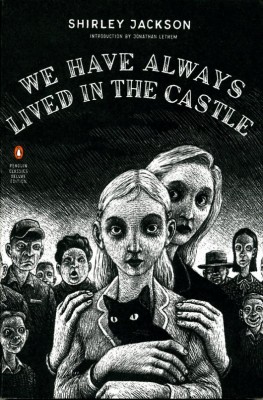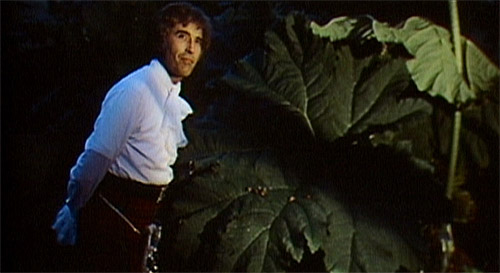I’m trying to remember how Walter de la Mare’s 1912 poem “The Listeners” ended up in my to-read pile, and I suspect it was by way of Robert Aickman, whose cagey, elliptical, and exceedingly unsettling tales of the supernatural I’m just beginning to plumb. I haven’t read enough of either yet to make any interesting judgments about de la Mare’s influence on Aickman, so for now, here’s “The Listeners.” The poem conjures a creeping, velvety sense of estrangement, and of the sort of pressure that the unseen can begin to exert on the imagination at night, and in solitude.
The Listeners
‘Is there anybody there?’ said the Traveller,
Knocking on the moonlit door;
And his horse in the silence champ’d the grasses
Of the forest’s ferny floor:
And a bird flew up out of the turret,
Above the Traveller’s head:
And he smote upon the door again a second time;
‘Is there anybody there?’ he said.
But no one descended to the Traveller;
No head from the leaf-fringed sill
Lean’d over and look’d into his grey eyes,
Where he stood perplex’d and still.
But only a host of phantom listeners
That dwelt in the lone house then
Stood listening in the quiet of the moonlight
To that voice from the world of men:
Stood thronging the faint moonbeams on the dark stair,
That goes down to the empty hall,
Hearkening in an air stirr’d and shaken
By the lonely Traveller’s call.
And he felt in his heart their strangeness,
Their stillness answering his cry,
While his horse moved, cropping the dark turf,
‘Neath the starr’d and leafy sky;
For he suddenly smote on the door, even
Louder, and lifted his head:–
‘Tell them I came, and no one answer’d,
That I kept my word,’ he said.
Never the least stir made the listeners,
Though every word he spake
Fell echoing through the shadowiness of the still house
From the one man left awake:
Ay, they heard his foot upon the stirrup,
And the sound of iron on stone,
And how the silence surged softly backward,
When the plunging hoofs were gone.




